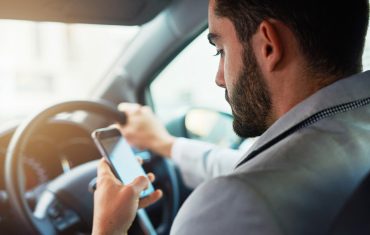
Test your highway driving skills
For your employeesAustralia’s highways, freeways and motorways offer some truly unique experiences for people who love to get behind the wheel and enjoy the open road. But whether it’s our winding coastal roads or vast stretches of dusty outback tracks, the higher speeds of highway driving demand a different approach to that of stop-start traffic.
So, how safe is your highway driving? Are you a skilled, responsible highway driver? Or have you adopted the bad habits of others on the road?
See how you go about answering the following five questions.
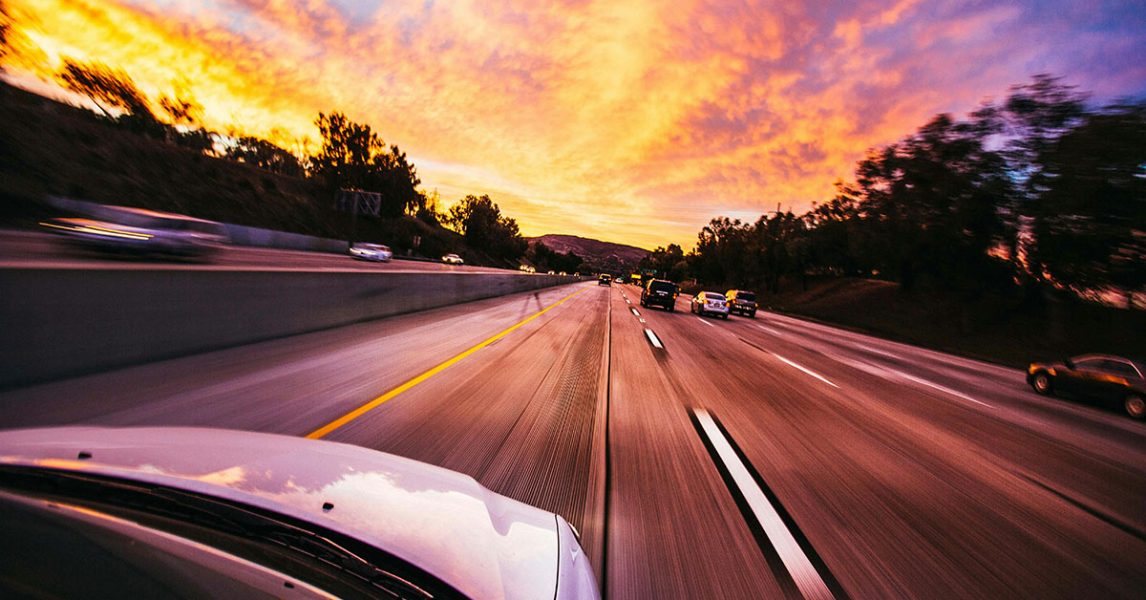
1. How much space should you leave when overtaking on a highway?
Firstly, you should only overtake when it’s safe and legal to do so. Always check for any road signs indicating overtaking restrictions, and make sure you stay within the posted speed limit.
Similarly, ensure you only overtake another vehicle when your visibility is excellent – such as a long, clear stretch of road ahead – and there’s plenty of room available to return to your lane safely without the vehicle behind you having to brake. You should only move back into the left-hand lane once you can see both headlights of the vehicle you’ve overtaken in your rearview mirror. The driver following then has the responsibility to maintain that distance.
The amount of space you need to leave also depends on the type of vehicle you’re passing, the weather and general road conditions, and the speed at which both vehicles are travelling. For motorcyclists and cyclists, this gap is even more crucial due to their vulnerability.
When overtaking larger vehicles, like trucks and road trains, it’s important to give them extra room due to their size and the wind turbulence they can create.
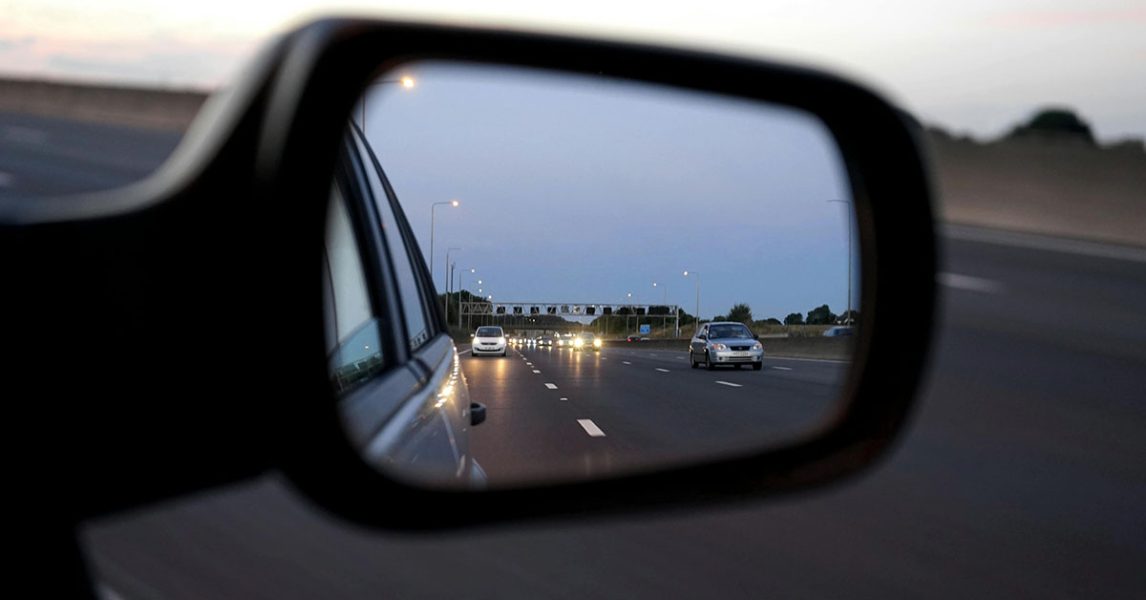
2. What’s the best way to merge onto a highway without disrupting the traffic?
Merging onto a highway requires careful timing, concentration and awareness to maintain the flow of traffic, your safety, and the safety of other vehicles.
Avoid forcing your way into traffic or merging too slowly, as these can badly disrupt the flow of traffic and create congestion or accidents.
Flick your indicator on as soon as you hit the on-ramp. As you approach the highway, accelerate and match your speed to the traffic already on the highway without exceeding the posted speed limit. The on-ramp is designed to give you enough distance to match highway speeds and find a safe gap.
Use the entire length of the ramp if necessary, and only merge once you’ve reached an appropriate speed and found the appropriate gap. This will allow you to merge seamlessly without forcing other drivers to slow down or speed up suddenly.
If you’re travelling on a highway in the left-hand land and can see a vehicle entering from an on-ramp, shift into the right-hand lane — if it’s safe to do so — as a courtesy.
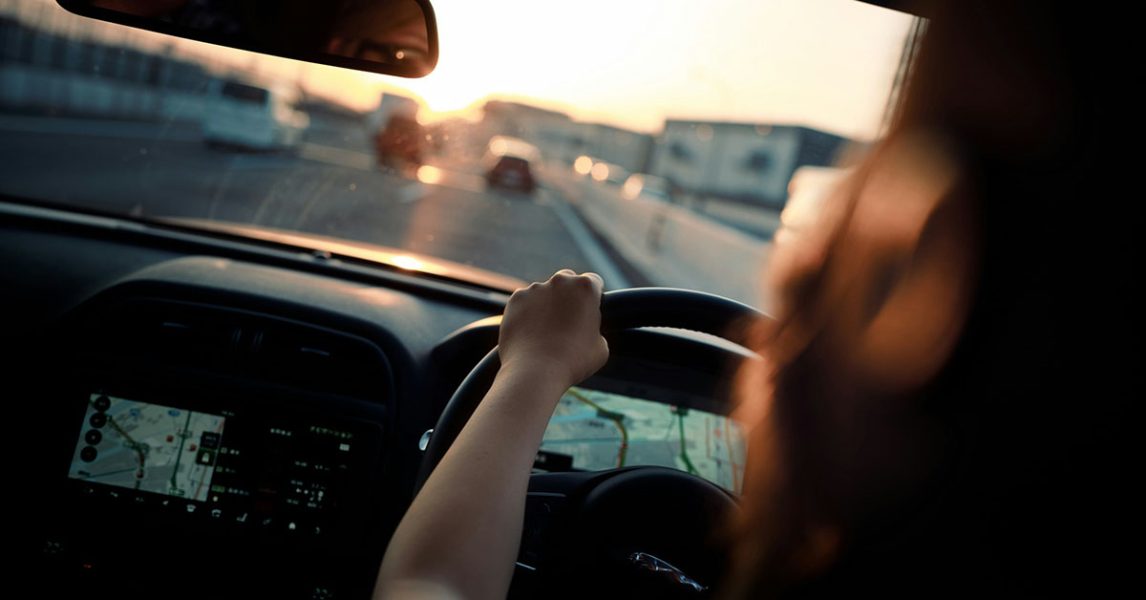
3. How slow is too slow, even if I’m driving in the left lane?
While it’s good form to drive below the speed limit when conditions require it (e.g. poor weather or heavy traffic), driving too slowly on a freeway or a highway—even if you’re in the left lane—can be just as dangerous as speeding. Freeways are designed for high-speed travel, so driving well below the speed limit can create a hazard by forcing other drivers to overtake you, increasing the risk of collisions.
While there is no specific minimum speed limit, you should aim to match the speed of the traffic around you, as long as it’s safe to do so, staying as close to the speed limit as possible. If you’re travelling more than 20 km/h below the speed limit without a valid reason, you might be driving too slowly for freeway conditions and you may be pulled over by the highway police and questioned.
If you’re holding up traffic but feel increasing your speed would be unsafe, find another route that matches your comfort level or head out when traffic is lighter. It’s better to arrive a little bit later than not arriving at all.
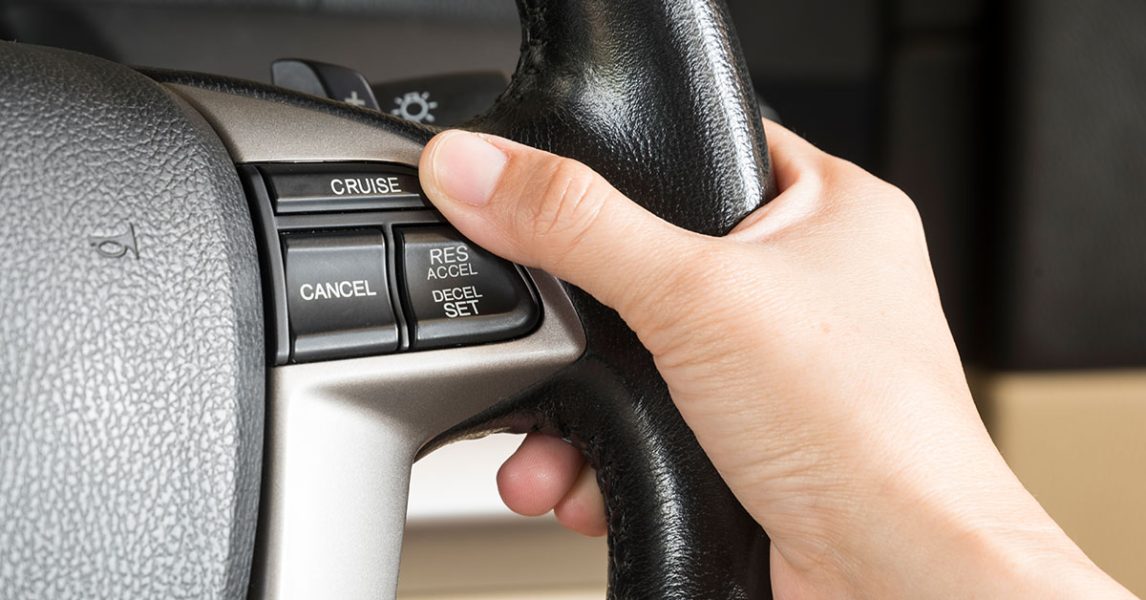
4. When is it not safe to use cruise control?
Cruise control is a godsend on road trips but, as convenient as it may be, there are times when using it on the open road could prove unsafe.
The road conditions play a huge role in determining whether it’s safe to use cruise control. In rainy, wet and icy conditions, cruise control should definitely be avoided. If you encounter water on the road while using cruise control, your vehicle may continue accelerating, leading to a loss of control from reduced tyre traction, which could then cause you to hydroplane or skid. Instead, play it safe and drive manually in these conditions so you can react quicker to changes in your vehicle’s handling.
Likewise, avoid cruise control in heavy or stop-and-go traffic and on hilly or winding sections of a freeway or highway. In both instances, manual control is crucial for reacting to sudden stops, merging traffic or unpredictable movements by other drivers.
On winding roads, the system can often take you into a bend at a speed that unbalances your vehicle and increases the chance of a serious incident. As with driving in tricky conditions, turning the cruise control off allows you to adjust your speed more intuitively and better control the vehicle.
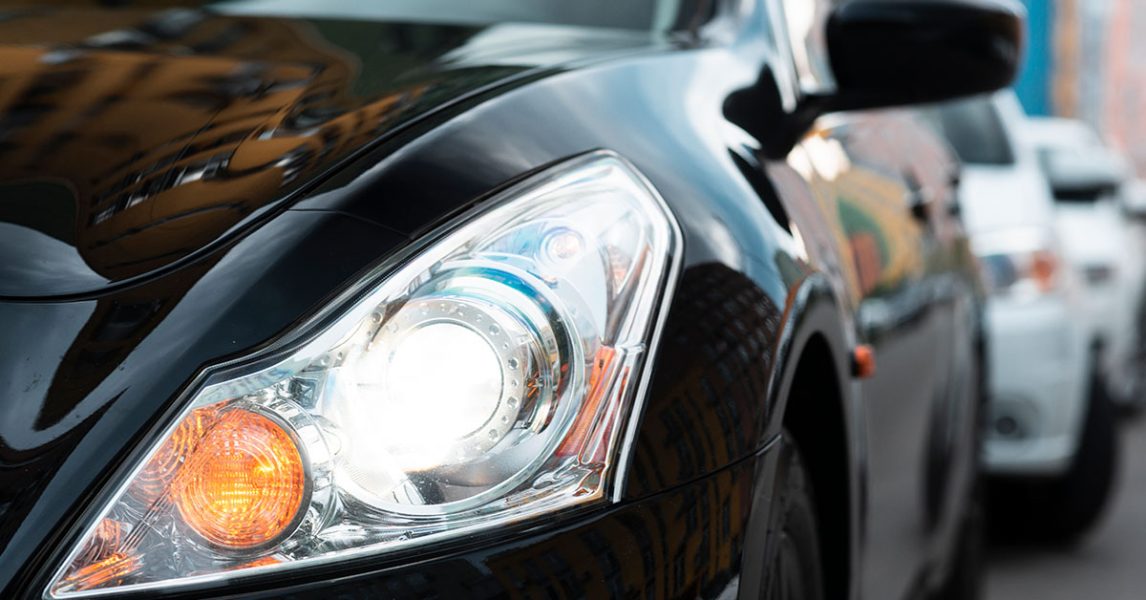
5. When is it appropriate to use high-beam lights on a highway?
High-beam headlights are an important safety device for night-time driving, especially on highways where there’s no lighting with vehicles travelling at high speed. But high-beams should only be used when there are no oncoming vehicles within 200 metres of your own, or when you’re not travelling behind someone. The brightness of your high-beams reduces of drivers’ visibility by ‘dazzling’ them.
Avoid using your high-beams in foggy, heavy rain or snowy conditions. In these situations, high-beams are just reflecting the moisture in the air and reducing your own visibility. You’re better off using low-beam lights or fog lights, which are designed to cut through the haze more effectively.
On country roads — especially in areas known for wildlife — your high-beam lights are useful for highlighting potential hazards, but the same rules about oncoming traffic and following distance apply here. The brightness of your lights can potentially startle kangaroos, foxes, dogs, and cats, and increase the chances of a collision if they freeze in position on the road.
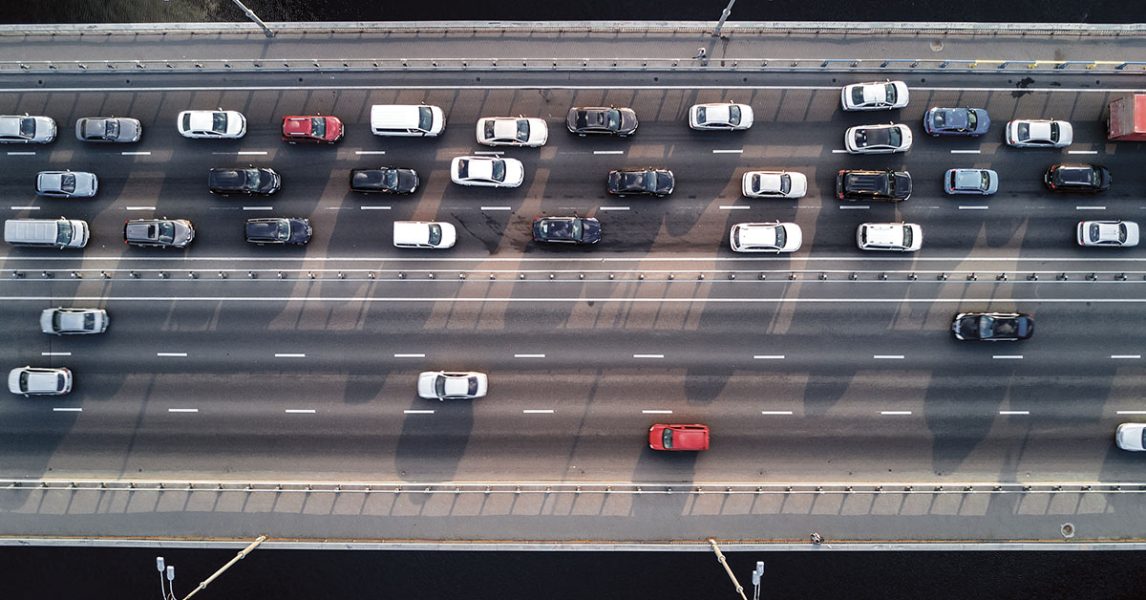
Your highway driving test results…
So, how did you go? Did the answers from the motoring safety experts reflect your own?
Unfortunately, you just have to look around you to see that the majority of highway drivers are inexperienced and potentially put themselves and other drivers at risk of serious injury. Make a point of knowing best-practice, enjoy your highway drive, and arrive at your destination in one piece.
Talk to SG Fleet about driver safety training.
 Driving Insights
Driving Insights



